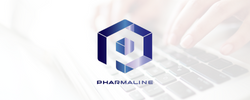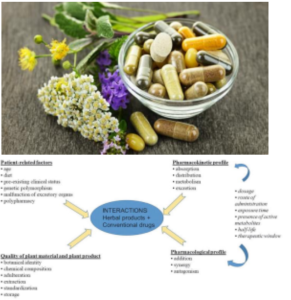According to the World Health Organization (WHO), traditional and complementary
medication (T&CM) is a health practice with strong historical and cultural roots, which has
global acceptability and applicability. Therefore, they are in great demand and become more
popular worldwide.
It is undeniable that herb medication helps to improve some therapeutically clinical
effects. However, patients might not be aware of its limits, the combination of self-medication
and missing risk awareness of herbal medicine which is potentially harmful to them. Especially
for the elderly people who have a greater risk for adverse drug reactions because of metabolic
changes or aging factors. The potential of drug-drug interaction or drug-herb interaction is
significantly increased due to multiple drugs used.
As a pharmacist, the first-line healthcare provider plays a crucial role in preventing drug
and herb product interaction. Firstly, pharmacists are considered as drug experts in both
prescription and non-prescription medication. Our responsibility is to ensure the complete
pharmaceutical healthcare of patients. There is no error in the room. Therefore, pharmacists
must be vigilant on the interaction potential of herbs and drugs by understanding the efficacy,
safety, pharmacokinetics and pharmacodynamics profile of herbal products before consume.
Moreover, we have to ensure the herbal product follows the Good Manufacturing Product
guidelines. Learning and practicing skills of patient counseling on the correct use of herbal
products should be cultivated. Eventually,it gives a great impact on pharmacist expertise in this
rapidly growing area,and constantly influences the positive quality of care.


